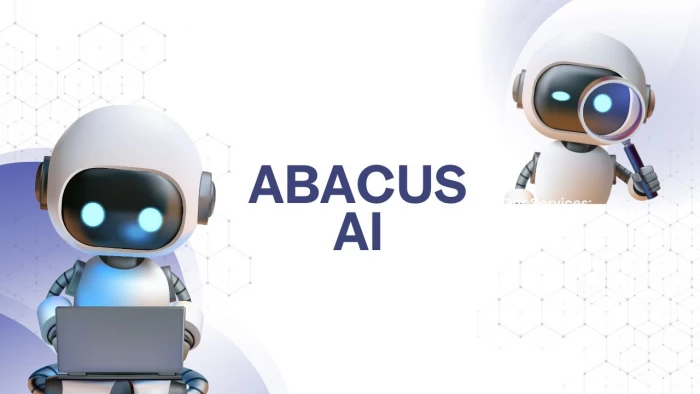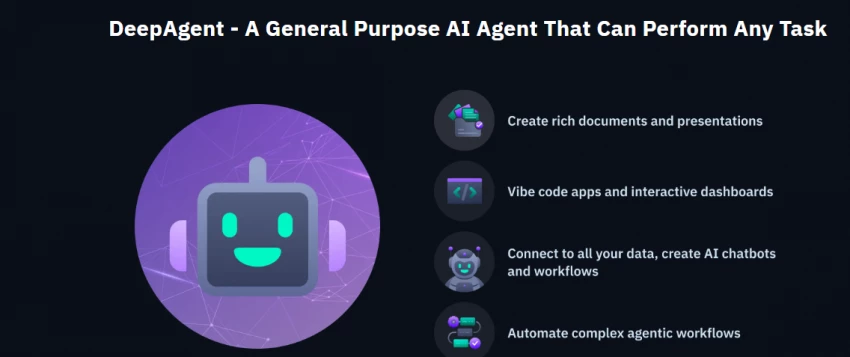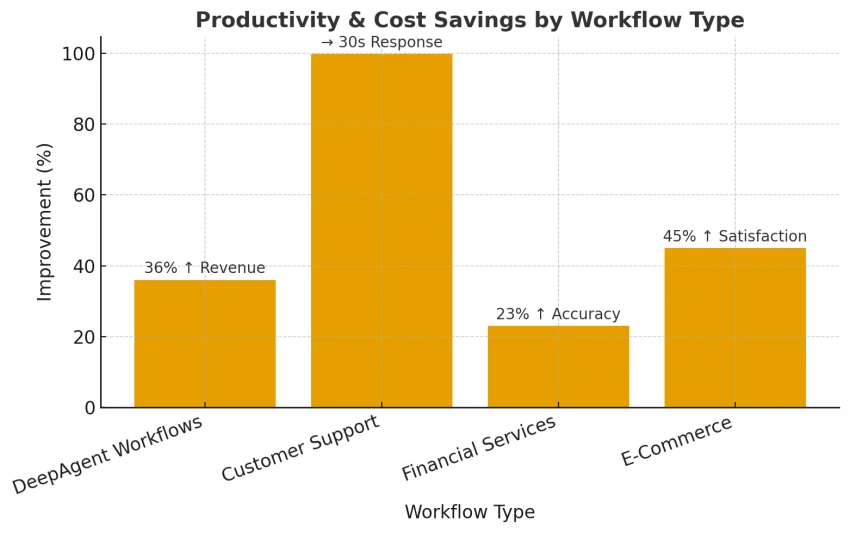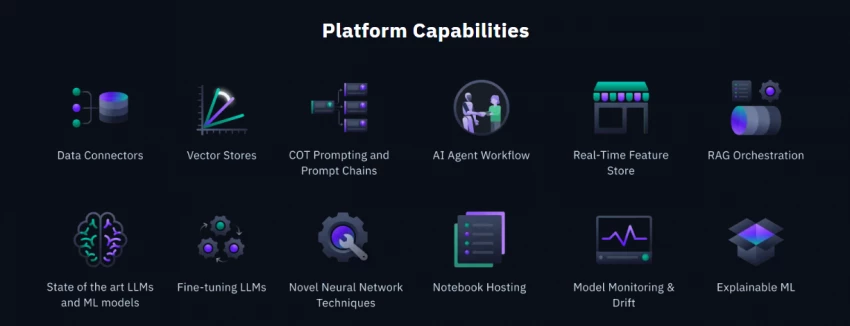

Abacus AI has rapidly become one of the most talked-about names in enterprise automation. It promises something ambitious to let AI run your workflows, build autonomous agents, and even connect your data across departments.

But how close is it to delivering that promise? Let’s explore the real experience, user feedback, and measurable business results shaping this AI revolution.
Unlike typical AI tools that handle isolated tasks, Abacus AI acts like an intelligent layer sitting on top of your business stack.
It learns from your operations, predicts outcomes, and can even take actions — think of it as the brain connecting all your systems.
In short: Abacus AI doesn’t just automate — it collaborates.
Imagine your daily workflow before and after AI:
| Task | Before Abacus AI | After Abacus AI |
| Customer Support | 4-hour average response | 30 seconds via chatbot |
| Sales Leads | Manual outreach | Auto-qualified prospects |
| Forecasting | Spreadsheet modeling | Predictive AI forecasts |
| Reporting | Manual compilation | Auto-generated dashboards |
Abacus AI’s built-in DeepAgent and ChatLLM modules make these changes possible.

Abacus AI users report significant jumps in productivity — anywhere between 15 % and 75 %, depending on how deeply they automate.
Here’s what real-world data shows:
Abacus AI isn’t just another software, it becomes part of your business nervous system.

Each workflow improves the next, creating a feedback loop where data from sales helps forecasting, forecasting aids inventory, and support interactions train chatbots further.
Every revolution has both wins and worries.
What Users Love
“Excellent enterprise-level platform… customisation helps adapt to different requirements.” — G2 review
What Frustrates Users
“Signed up for the free trial — got charged twice and no response for refund.” — Trustpilot review
The Middle Ground
Once teams get past setup, most say the results are worth it — time saved, better insights, and creative freedom.
Yes, but it’s not a deal-breaker.
Abacus AI offers:
Pro Tip: Start small → automate a few tasks → expand gradually to avoid overwhelm.
It connects with over 100+ business tools, including CRM, ERP, and communication apps.
Examples: Salesforce, HubSpot, Slack, Trello, Notion, Google Workspace.
The next big shift is already here — autonomous agents.
Modules like DeepAgent and ChatLLM show how AI can:
As this tech matures, Abacus AI could become the “operating system” for enterprise intelligence.
Q1. Can Abacus AI help small businesses?
Yes! Even solo founders use it to automate lead generation, emails, and onboarding without coding.
Q2. Is it easy to use for non-technical users?
Mostly yes, though the advanced setup needs some IT support.
Q3. Does it work with existing CRM tools?
Absolutely. Abacus AI integrates with 100+ apps like HubSpot and Salesforce.
Q4. How good is customer support?
Fast but inconsistent. Expect quick responses but variable personalization.
Q5. How frequently does it update?
Regularly, new AI model rollouts, workflow features, and bug fixes almost every month.
Abacus AI proves that AI isn’t replacing humans; it’s augmenting them.
When used wisely, it frees teams from repetition and creates room for strategy and creativity.
The revolution is real, but its success depends on how we learn, adapt, and build together.
Be the first to post comment!